|
Coronavirus has spread rapidly throughout the world and has found its way into the United States, specifically the state of Ohio. Most of our clients have a language barrier and may not be able to understand the magnitude of this pandemic and the precautions we must take to protect ourselves from it. Due to that reason, the Somali Community has created a task force that consists of several groups including healthcare professionals, faith groups, and educators. We have also created a hotline number for Somali speakers with a language barrier so they can ask questions relating to the virus, orders given by Governor DeWine, and city ordinance's. There is a large amount of Somalis who lost their job due to the virus and we will answer questions they have regarding unemployment, housing, and day cares. You can reach the hotline number at (888) 266-7265 for any questions.
Haddii aad u baahanatahay Cawimaad ama aad rabto inaad ogaato xaaladda Caabuqa la soo xiriir Jaaliayadda Soomaliyeed ee Ohio. Soo wac lambarkaan (888) 266-7265. Mahadsanidin Residents of Carriage House of Columbus on the Northeast Side say neglect and a lack of response to maintenance requests are jeopardizing their living conditions.
Fadumo Issack, a tenant of the 192-unit townhouse complex, pulled a lighter from a kitchen drawer recently and lit her semi-functioning stove. “The smell of gas is too strong, and she’s worried it might explode,” said her 25-year-old son, Mohamed Abdi, translating for her. There are 93 active violations on file for the complex at 3535 Derbyshire Drive, according to city code enforcement records. With 43 notices over the past two years, Carriage House also made the city’s most recent list of the 10 most problematic landlords in November. The list is compiled each year based on points accumulated through code violations and any civil or criminal court cases filed on properties. The property houses a large number of immigrants. Hassan Omar, president of the Somali Community Association of Ohio, estimated that about 70% of the residents are Somali immigrants. “Property managers aren’t treating them equal,” Omar said. “They don’t speak the language or know the law. They can’t defend themselves, and it has been a huge challenge.” He added that anyone with a language barrier is “affected by such mistreatment.” As of July 2, there were 81 interior housing violations, nine environmental violations, two exterior housing violations and a zoning violation with the city at Carriage House. The violations included damaged doors, windows and screens; water leaks; damaged floors and ceilings; infestations and parking lot maintenance problems. "We are working diligently with the city’s code enforcement office to cure all violations,” said Valerie Jerome, a spokeswoman for Millennia Housing Management, the Cleveland-based company that owns the property. As long as management works with the city toward compliance, the complex will continue to be inspected every other week, said Heather Truesdell, Columbus’ code enforcement administrator. “If they don’t, we will consult the city attorney’s office and take court actions.” In May, the Legal Aid Society of Columbus filed a civil lawsuit against Carriage House in Franklin County Municipal Court on behalf of 12 tenants and the Ohio Neighborhood Preservation Association. The complaints mirror the violations filed by the city’s code enforcement office. “We have negotiated an agreement with Carriage House and its management to remedy the outstanding code violation notices,” said Melissa Benson, a Legal Aid staff attorney working on the case. Units participating in the Housing Choice Voucher program by Columbus Metropolitan Housing Authority, a program that provides housing assistance to low-income families, also have to undergo inspections to meet housing quality standards, said Chad Meek, vice president of the program. Of the 49 Carriage House units where residents use vouchers, he said, three failed the latest inspection. Abdi said the problems at the complex started about three years ago when the management changed hands. The complex was bought by Millennia Housing Management in April 2016. There were five city code violation cases on file in July 2016. But two years later, inspectors filed 161 cases, which prompted the city’s Department of Development’s Proactive Code Enforcement team to do routine inspections starting early 2019. Some residents say that the poor conditions of the property pose a health risk. “Every two to three days, my kids get sick,” said Idin Ali, who has been a tenant for more than eight years. She and her family moved into their current house over a year ago after seven years in a different unit in the same complex. “The rug is so dirty,” Ali said pointing to the carpet in the living room. “My son’s asthma has worsened.” Ali’s 13-year-old daughter, Sumeya, pointed to numerous problems as she walked around the house. “When we complain, (the staff) write it on paper, come inspect it, say they’ll fix it and then don’t fix it,” Ali said. “I’m tired of this.” However, not all the tenants have had bad experiences. Toni Coles, who has been living in the complex for about six months, said her maintenance requests have been corrected in a timely manner. “So far, I haven’t had any problems,” she said. [email protected] @mishimike by Sue Lacy Urur Dhex-Dhexaad Ah: Community In-Between In this story: images, interactive demo video, a listing of project participants, and links to related press and projects. About the Exhibit Aug 8 - Nov 3, 2017 at Dublin Arts Council, 7125 Riverside Dr., Dublin OH This layered, interactive photography exhibition seeks to recognize fifteen young Somali trailblazers in the central Ohio community. A large, expressive portrait of each person hangs on the wall. A smaller image brings that person to life by delivering a video narrative to your phone or iPad (see demo below.) In the center of the room, a long table holds fifteen white binders full of additional profile information and images. The space also includes video of a Chowder the Poet performance, Somali objects and artifacts, and several stations allowing visitors to interact further with the exhibit. Dublin Arts Council has also partnered with area schools to bring class field trips to the exhibit, saying “Docent-led gallery tours will allow students to engage critically with the exhibition." The program includes in-school and in-gallery workshops to guide students to explore their own cultural histories and migration to Columbus. Additional community support includes stories in area publications including the Columbus Dispatch, Dublin Villager / ThisWeek Community News, CityScene magazine, a book by The Ohio State University Press and more. Most images on display are the work of two talented young Somali women, Faduma Hasan and Marian (Asia) Nuur. They are both recent graduates of Columbus area high schools. Guest Preparators / Curators Qorsho Hassan and Ruth Smith conducted research and developed materials for the project. This work includes a companion book published by The Ohio State University Press. You'll find a collection of linked resources at the end of this story. The most important link is an online archive of ALL the exhibit's images and videos, and much of the extended content, to enjoy at your leisure. Another is the Facebook page for Urur Dhex-Dhexaad; here are a few images from its Opening Reception photo album (photos courtesy of Dublin Arts Council): A closer look at the interactive experience Video is woven into the exhibit through the artful use of technology. Each large portrait is accompanied by a small trigger image that delivers video to your phone or iPad using an app called Aurasma. In this way, these Somali trailblazers are able to share their experiences through personal video narratives. This layered approach offers viewers a new perspective on the photograph, and a deeper experience overall. Dublin Arts Council offers several iPads pre-loaded with the app for visitors to use. Complimentary recyclable earbuds are also available, as well as a large over-the-ear set appropriate for those with hearing aids. The image and video below demonstrate how this video feature looks, and how it works. Urur Dhex-Dhexaad Ah, which means a Community In-Between, derives its name from a maahmaah/proverb: dhex iyo dhexaad / betwixt and between. As more Somalis come of age as American citizens, including those born in other locations across the diaspora and a rising second generation of Somali-Americans, the conversation turns from issues connected to survival and assimilation to those of identity, community participation, and belonging. This new generation of Somali-Americans describes the community where they feel like they belong as one in-between—in between identities, nations, generations, languages, cultures, and communities. -- from the project's Extended Content Credits Participants (15 Somali trailblazers) Ahmed Ali, Political organizer and community worker; Ismahan, Kinship coordinator and co-founder of SELF of Ohio; Khalid Moalim, Journalist and filmmaker; Ladan Haji, Mental health practitioner; Nima, Economist, analyst for Federal Reserve Bank of New York, and co-founder of Refuge, an online peer-to-peer mentoring program for refugee youth; Chowder the Poet, Poet and student; Ilhan, Fulbright recipient, Rhodes scholar, and writer; Muhamed A., Founder of Somali Youth Foundation and ambassador for Walaal Afuri in Columbus; Nadira, Registered nurse; Shukri, Franklin Country sheriff's deputy; Hoda, Psychiatrist; Ibrahim, Anesthesiologist; I.C., Photographer and mechanic; Mohamed Rage, Industrial designer and cofounder of FiveID design studio; Qorsho, Educator and community activist / researcher. Community Artists and Curators Qorsho Hassan, Guest Preparator / Curator; Ruth Smith, Ph.D., Guest Preparator / Curator; Marian (Asia) Nuur, photographer and recent graduate of Hilliard Bradley High School; Faduma Hasan, photographer and recent graduate of Westerville Central High School; Aafi Hassan, photographer and videographer; Farxiya Maxamed Cabduallahi Jaamac (Riya Jama), Toronto-based diasporic visual storyteller. Dublin Arts Council The Dublin Arts Council at 7125 Riverside Drive in Dublin, OH provides an idyllic setting for this important photography exhibition. Built on a hill overlooking the Scioto River in 1941, the beautiful stone building is listed in the National Register of Historic Places and is, itself, a destination worth seeing. For the full experience, plan a little extra time to walk the grounds and enjoy the outdoor sculptures. Where to find more A note about multiple reading options: Links requiring a Columbus Dispatch subscription may also be accessible in text-only format through your library. Go to www.columbuslibrary.org/research, choose Columbus Dispatch: Electronic Edition, and login with your Columbus Metropolitan Library credentials. Dublin Arts Council -- VIEW EXHIBIT CONTENT The Urur Dhex-Dhexaad Ah: Community In-Between exhibit at the Dublin Arts Council runs Aug 8 - Nov 3, 2017. If you're reading this after the event closes, there is good news! The images, videos and much of the extended content is archived online. The official project Facebook page-- VISIT PAGE Follow the project on Facebook for news, video and images. From the About page: This photography project is based on telling the stories of young Somali individuals who are in the process of positively impacting the community in the fields of education, politics, business, research and the arts. Their narratives will illuminate the contributions of these role models and will provide an opportunity for non-Somalis to better understand the Somali community. This project will create media diversity and promote interaction in public spaces. The Ohio History Connection and Dublin Arts Council -- VIEW STORY Community Conversations: New Americans in Central Ohio Join the Ohio History Connection and Dublin Arts Council for a series of community conversations with the New American community of central Ohio. Conversations will take place on a variety of topics at locations around Columbus. Facilitators will begin the conversation with introductory information about the topic from their perspective before facilitating a discussion with the group. Series topics include Resettlement and Afterwards; Integrating New Americans into Law Enforcement; Education and New American Students; Integrating New Americans into Political Action; Mental Health and Wellness in the New American Community; and Integration, Immigration and Identity, The link above includes topic descriptions and schedule. Columbus Dispatch -- VIEW STORY Dublin exhibit shows Somali immigrants integrated into central Ohio By Nancy Gilson Posted Sep 10, 2017 This story begins with a question. "Among U.S. cities, Columbus is second only to Minneapolis in the number of Somali immigrants. But how many of us really know our Somali neighbors?" The author shares many quotes and images from the exhibit, and goes on to say, "In their videos and narratives, all 15 discuss the challenges of assimilating into American society, the devotion they feel to the United States as well as Somalia, and the rigorous emphasis their parents put on education." Dublin Villager / ThisWeek Community News -- VIEW STORY Community In-Between: Exhibit depicts Somali-American role models By Sarah Sole This is a thoughtful, in-depth look at the project, including participant quotes and conversations. An example is Ilhan Dahir, age 24. Her parents fled Somalia as refugees to Canada, where she was born, before relocating to Columbus to join family. As an OSU student, Ilhan worked on diversity inititiatives. The story goes on to say, "She also served as an intern with the Ohio Democratic Party, working on Sen. Sherrod Brown’s campaign with people from disparate backgrounds but similar government goals... Now a Rhodes Scholar at the University of Oxford in the United Kingdom, Dahir wants to use her time there to learn about institutions working for marginalized people on a global scale and find ways to give them additional solutions." August 2017 City Scene Model Citizens / Augmented reality helps patrons connect with Somali role models in integration-focused exhibit (print magazine). Story on p. 22; event listing on p. 59 by Jake Nerone Dublin Arts Council: Urur Dhex-Dhexaad Ah: Community In-Between, a photography exhibition exploring immigration, integration and identity featuring portraits of 15 central Ohio Somali role models, from Aug. 8 - Nov. 3. www.dublinarts.org. (Story appeared online as Somali role models on display at Dublin Arts Council.)
Information from the Centers for Disease Control and Prevention (CDC) Measles Vaccination Pronounced (MEE-zills) Measles is a very contagious disease caused by a virus. It spreads through the air when an infected person coughs or sneezes. Measles starts with fever. Soon after, it causes a cough, runny nose, and red eyes. Then a rash of tiny, red spots breaks out. It starts at the head and spreads to the rest of the body. Measles can be prevented with MMR vaccine. The vaccine protects against three diseases: measles, mumps, and rubella. CDC recommends children get two doses of MMR vaccine, starting with the first dose at 12 through 15 months of age, and the second dose at 4 through 6 years of age. Teens and adults should also be up to date on their MMR vaccination. The MMR vaccine is very safe and effective. Two doses of MMR vaccine are about 97% effective at preventing measles; one dose is about 93% effective. Children may also get MMRV vaccine, which protects against measles, mumps, rubella, and varicella (chickenpox). This vaccine is only licensed for use in children who are 12 months through 12 years of age. Before the measles vaccination program started in 1963, an estimated 3 to 4 million people got measles each year in the United States. Of these, approximately 500,000 cases were reported each year to CDC; of these, 400 to 500 died, 48,000 were hospitalized, and 1,000 developed encephalitis (brain swelling) from measles. Since then, widespread use of measles vaccine has led to a greater than 99% reduction in measles cases compared with the pre-vaccine era. However, measles is still common in other countries. Unvaccinated people continue to get measles while abroad and bring the disease into the United States and spread it to others. CDC recommends that children get two doses of MMR vaccine:
 Story in the Columbus Dispatch on May 18, 2017 The Columbus Dispatch also carried the story. This is an excerpt. Minnesota health officials link the high numbers of unvaccinated Somali children in their state with an aggressive campaign by anti-vaccine advocates several years ago that targeted Somali parents, saying that vaccinating their children would cause autism. “This could happen in any community that is given misinformation,” said Jose Rodriguez, spokesman for Columbus Public Health. Hassan Omar, executive director of the Somali Community Association of Ohio, said the community understands there are health risks. He said he hopes these events help to educate people, as well as break any stereotypes that residents might have about Somalis. “Everybody is worried about this,” Omar said. “We don’t want there to be a stigma. We’re Americans, we’re Midwestern. We have children that are all up-to-date for vaccinations.” The last large measles outbreak in Ohio occurred in 2014, when there were hundreds of cases in Ashland, Coshocton, Crawford, Highland, Holmes, Knox, Richland, Stark and Wayne counties. Measles cases then were at a 20-year high in the United States, driven largely by the outbreak among unvaccinated Amish populations in Ohio. See full story at the Columbus Dispatch. The 2017 Somali Independence Day Festival was a beautiful event attended by Somali Ohioans from all over the state. It took place at the Ohio History Connection museum at 800 E. 17th Ave in Columbus on Saturday, July 1st, 2017. The Somali Student Association (SSA) is a vibrant campus organization at The Ohio State University in Columbus, OH. The SSA's nine board members in 2016-2017 are studying Neuroscience, Public Affairs / International Business, Public Health, Business, Speech and Hearing Sciences, Molecular Genetics, Food Science/ Pharmaceutical Science, International Development, and Health Sciences / Environmental Public Health. Academics is not the only area in which SSA students excel. Enjoy the images below showing a glimpse of campus life. Watch this viral YouTube video of the SSA dance team performing in 2014 at the annual Taste of OSU, an event that attracts thousands of visitors each year. SSA also makes quite an impact at Taste of OSU with delectable Somali food. They won First Place in the food category in both 2016 and 2017. Visit the SSA website at www.ssaohiostate.com. A WOSU story written in June 2016 by Esther Honig highlights the strong entrepreneurial role of Somali women at the Banadir Mall on Cleveland Avenue. The piece is entitled "At North Columbus Mall, Somali Women Run the Show. These are excerpts; see the full story at radio.wosu.org.
Stories about the Somali community in Columbus, OH, with selected excerpts: A note about multiple reading options: Links requiring a Columbus Dispatch subscription may also be accessible in text-only format through your library. Go to www.columbuslibrary.org/research, choose Columbus Dispatch: Electronic Edition, and login with your Columbus Metropolitan Library credentials. Community In-Between / Urur Dhex-Dhexaad Ah Portraits of Somali-Americans in Columbus https://ohiostatepress.org/books/titles/9780814254370.html FROM OHIO STATE PRESS: Community In-Between / Urur Dhex-Dhexaad Ah: Portraits of Somali-Americans in Columbus by Qorsho Hassan and Ruth M. Smith is a collection of stories and portraits of fifteen young Somali Americans involved in community building in Columbus, Ohio. By using their unique skills, these individuals balance their identities, build bridges, and create spaces for success. The rich, multifaceted stories in this book represent the heterogeneous experiences of the participants and show the deep connection to the diaspora and the interconnectedness of individual experiences. Fighting for American-ness By Danny Hamen, Editor, 1870 Magazine (The Ohio State University) http://1870mag.com/fighting-for-american-ness/ EXCERPT: One of the ways Hassan decided to engage with her community was to throw a Somali-American Peace Feast at a traditional Somali restaurant, Hoyo’s Kitchen, mid-December. The dinner provided a safe space for members of the community to heal and seek reconciliation with someone from “the other” culture. Sharing food is an idyllic way to integrate ideologies and to spend time learning and caring about a culture that might be foreign to some. “I think through that peace feast I learned that even though the people who came out were willing to learn, they didn’t know a lot. And I think it’s really important to foster those kinds of events, those kinds of interactions, on a day-to-day basis,” Hassan said. Read the full story here on this website, where it is reprinted with permission. Thanksgiving - Immigrants grateful for day, too
http://www.dispatch.com/content/stories/local/2011/07/31/local-somalis-aiding-homeland.html CITATION: Viviano, JoAnne. "Thanksgiving - Immigrants grateful for day, too." Columbus Dispatch, The (OH), 26 Nov. 2015, Home Final, News, p. 1A. NewsBank, infoweb.newsbank.com/resources/doc/nb/news/15962532969E1D88?p=AWNB EXCERPT: (Hassan) Omar, of the Somali association, calls Thanksgiving "one of the best holidays." Having arrived in the United States about 26 years ago, Omar celebrated his first Thanksgiving with a classmate who invited him to his home for turkey, he said. Omar, who became a citizen 19 years ago, and his family now celebrate as Americans, buying a big turkey. "We are part of American society, so we are sharing the happiness," he said. "This is not cultural for one group, two groups or three groups. It's an opportunity for everybody, a good day to celebrate." Young Somalis Drawn to Health Care Careers http://www.dispatch.com/content/stories/local/2012/10/04/young-somalis-drawn-to-health-care-careers.html CITATION: Boss, Charlie. "Young Somalis drawn to health-care careers." Columbus Dispatch, The (OH), 4 Oct. 2012, Home Final, News, p. 5B. NewsBank, infoweb.newsbank.com/resources/doc/nb/news/141B71880DE0B430?p=AWNB. EXCERPT: Nadia Mohamed was too young to remember the unsanitary living conditions and lack of medical care in the places she and her family stayed while trying to flee Somalia during its civil war. But she got a glimpse of that life when her family returned to Africa seven years ago. She saw patients sharing beds with only one doctor to serve them at a rural hospital in Kenya. She visited an orphanage that did not have enough medicine to treat all the sick children. That's when she knew she was going to be a nurse. "It's so sad, the quality of life they live in," said Mohamed, 21, who plans to graduate from Mount Carmel College of Nursing in May. "When I came back, I knew I wanted to help." Somali youths are attracted to medical careers in part because of such personal experiences, said Hassan Omar, leader of the Somali Community Association of Ohio. Local Somalis aiding homeland http://www.dispatch.com/content/stories/local/2011/07/31/local-somalis-aiding-homeland.html CITATION: Hepler, Lauren. "Local Somalis aiding homeland." Columbus Dispatch, The (OH), 31 Jul. 2011, Home Final, News, p. 4B. NewsBank, infoweb.newsbank.com/resources/doc/nb/news/138D62729839B0D0?p=AWNB. EXCERPT: Somalis in central Ohio are coming together to help those in the eastern African nation struggling with a severe drought that has turned into widespread famine and killed tens of thousands of people. "There are several initiatives going on," said Hassan Omar, who leads the Somali Community Association of Ohio. "Now, we are strategizing to bring them all together." Sports teams, community groups, religious organizations and charities are all raising money, said Omar, who was born in central Somalia. Funds are going to African charities operating feeding centers and international aid groups such as the Red Cross, United States Agency for International Development and the American Refugee Committee. |
ABOUTThe Somali Community Association of Ohio (SCAO) is a leading voice for Somali immigrants and refugees in Central Ohio. Archives
March 2020
Categories
All
LINKS |
|
Somali Community Association of Ohio
3422 Cleveland Avenue, Columbus OH 43224 PH: 614.262.4068 FAX: 614.262.4068 EMAIL: [email protected] |
DONATE NOW and support SCAO's work with central Ohio's Somali community! The Somali Community Association of Ohio (SCAO) is a 501 (C) (3) non-profit organization with a mission to help Somali refugees and immigrants thrive in Columbus, OH. If you'd like to reach out or volunteer your time, please contact us.
|





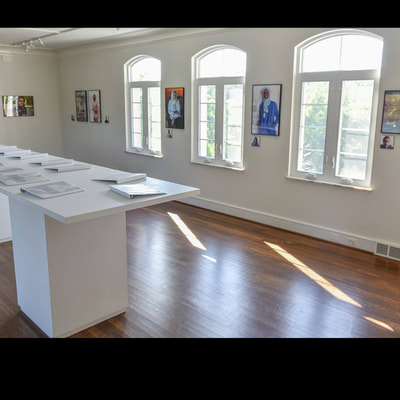
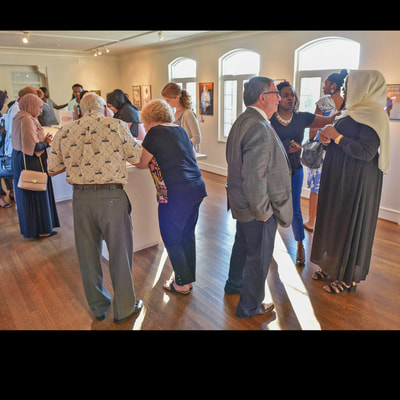
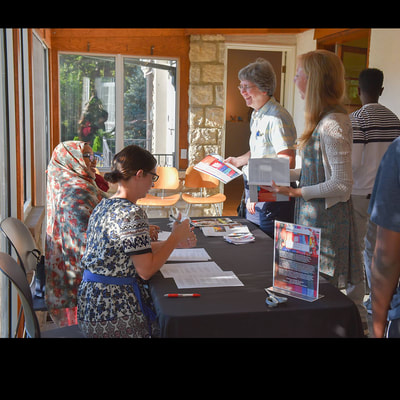



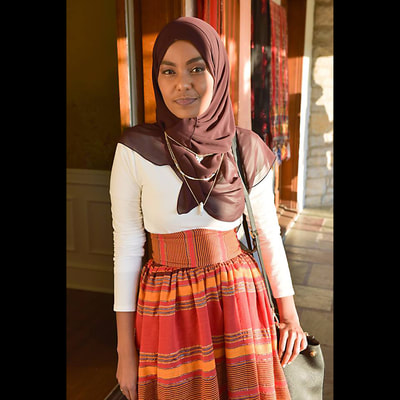
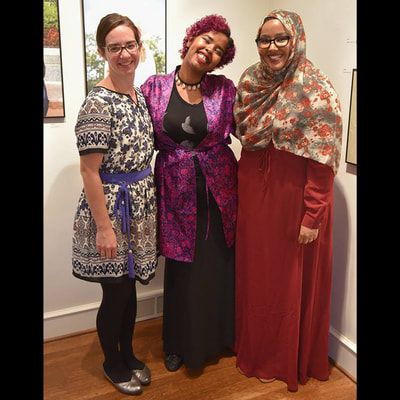


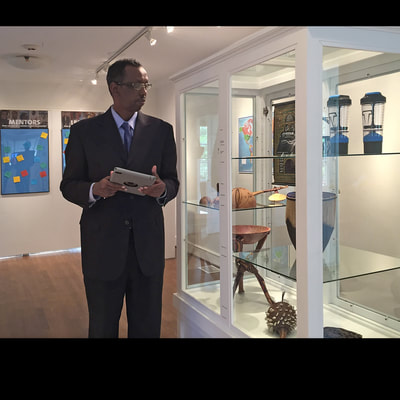






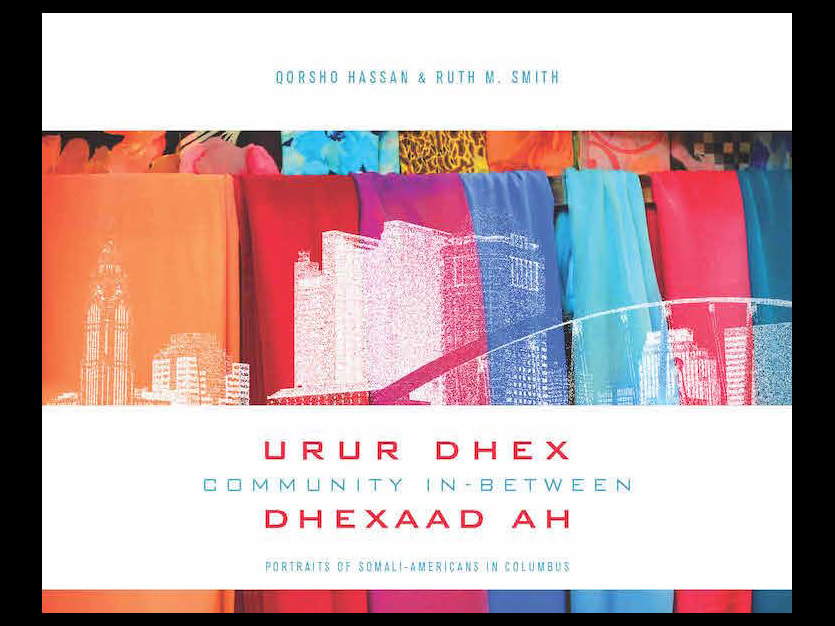


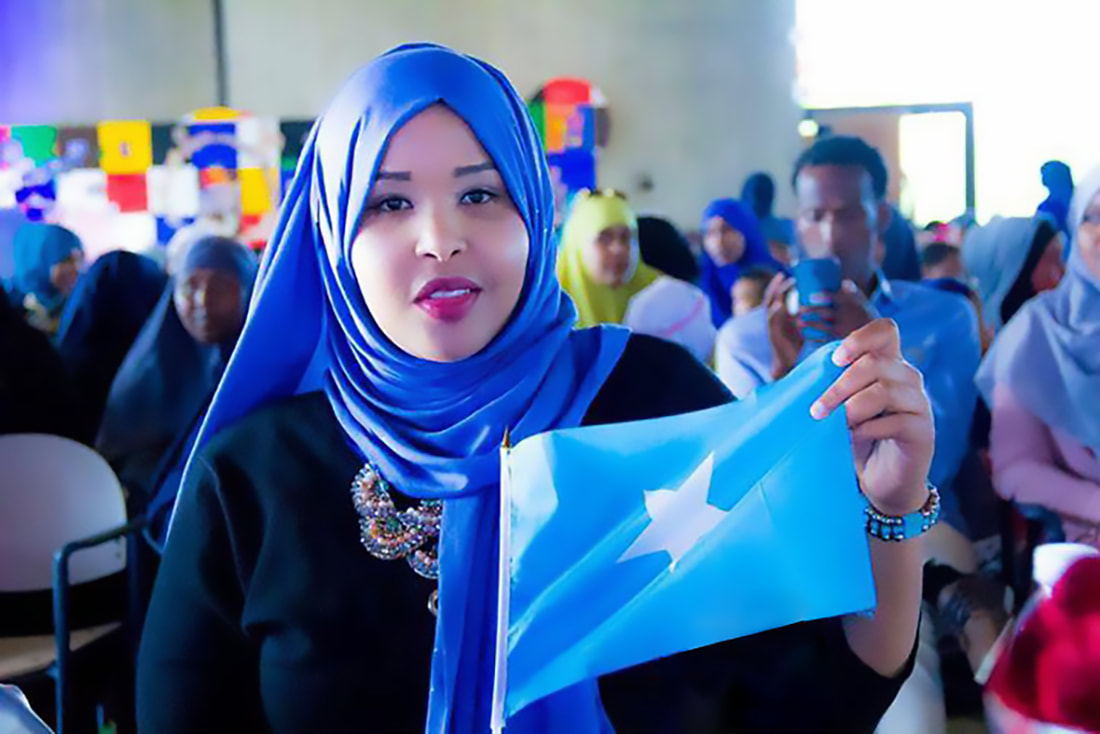


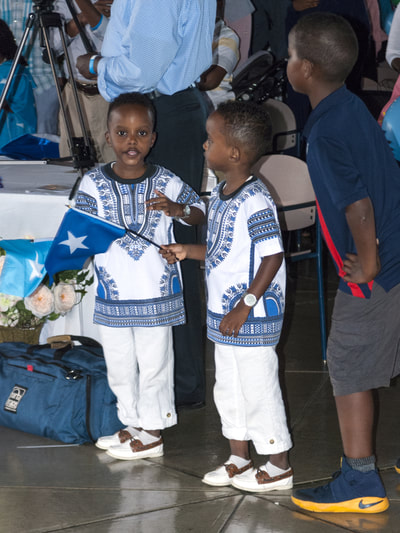
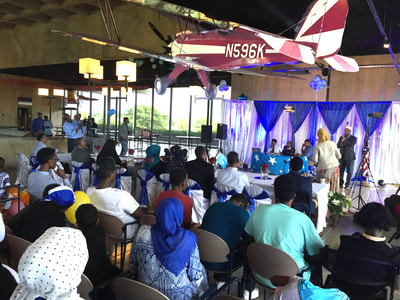

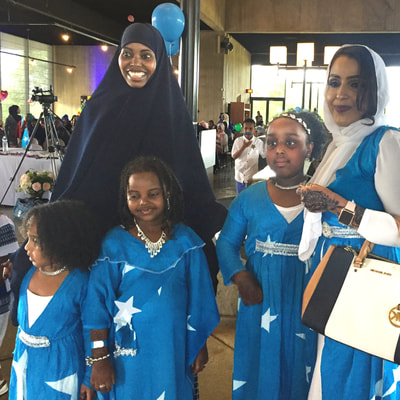
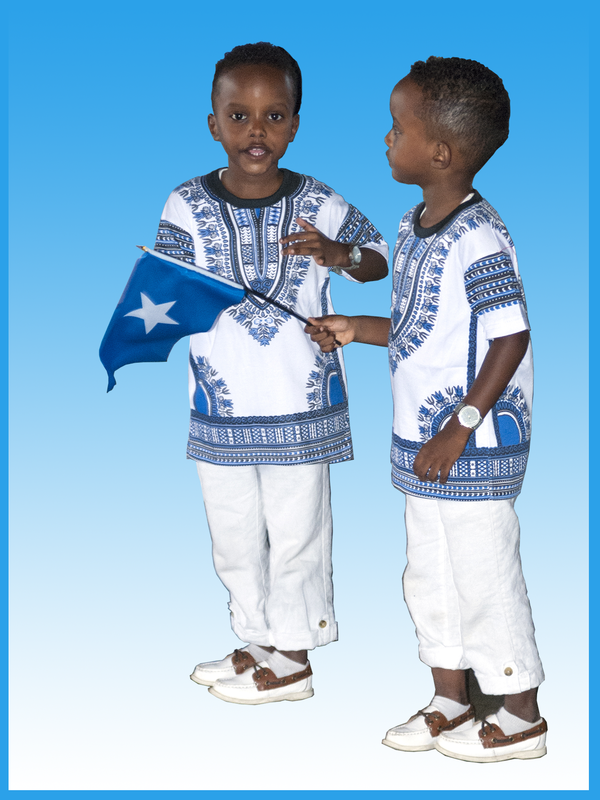




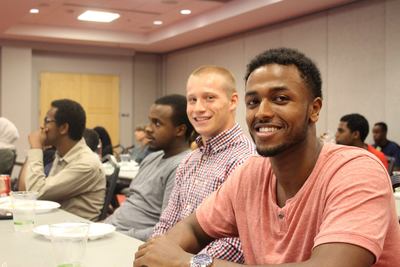




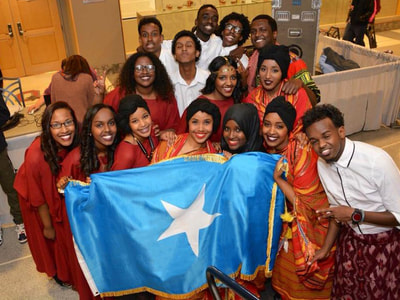

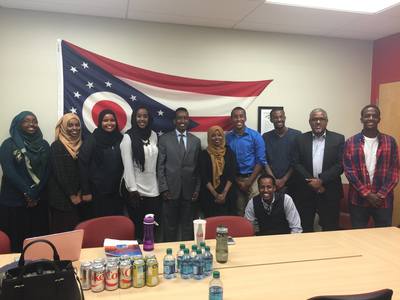
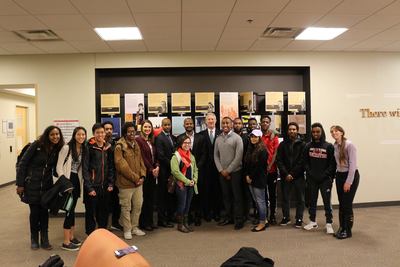

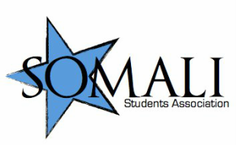
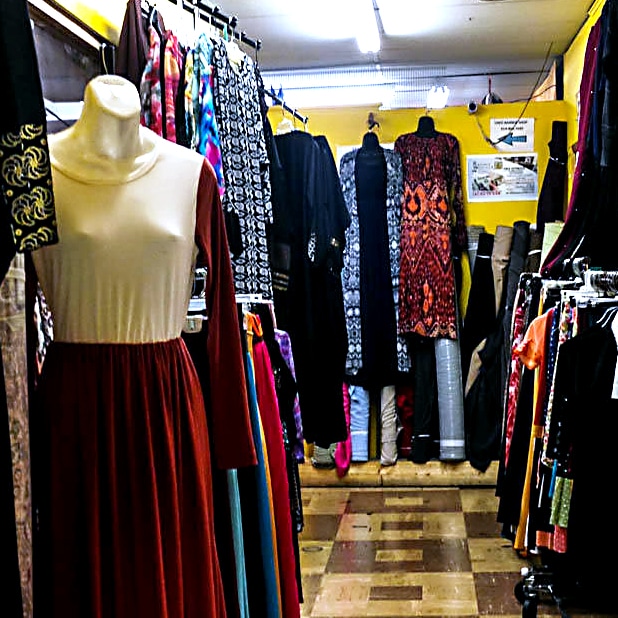


 RSS Feed
RSS Feed